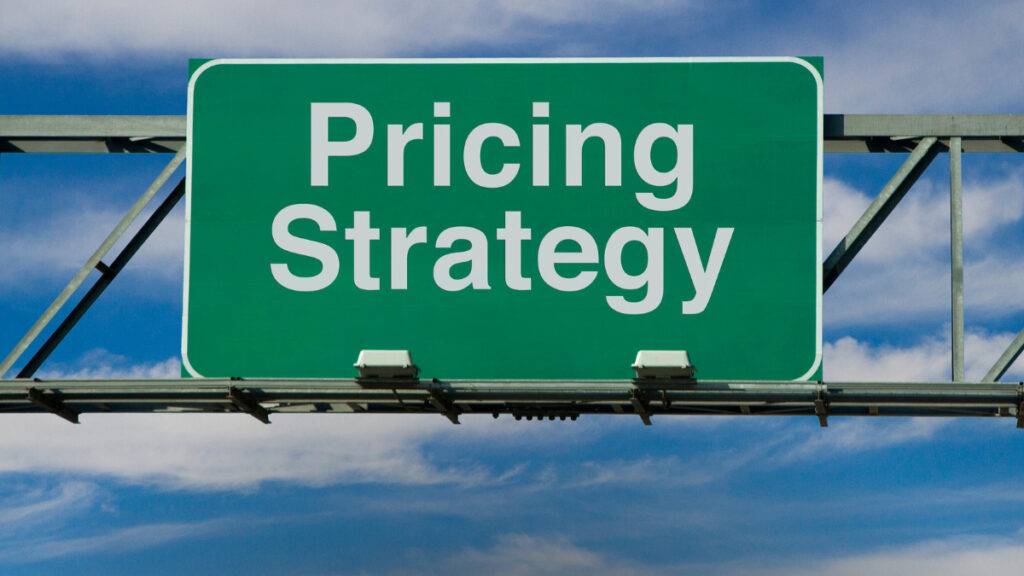Creating a successful company is no easy task. Entrepreneurs need to take care of every detail and face many challenges on the road to success. Metrics are essential because they help stabilize businesses and highlight needed changes. Among the possible metrics entrepreneurs can track, Lifetime Value (LTV) stands out because it can completely change your business strategy.
For a SaaS company, there are two key goals:
- Acquire customers.
- Keep customers (i.e. maximize their lifetime value).
LTV is one of the metrics that your company should know, as well as Customer Acquisition Cost (CAC) and Churn Rate.
But what is the role of LTV? How does it influence the day-to-day running of a business and, more importantly, how can you use it effectively in your company?
What is Lifetime Value?
Lifetime Value means “Customer Lifetime Value” and is used to evaluate how much a particular customer will pay your company while they’re a customer.
Your LTV will influence how you attract, retain, and support customers, which will have a direct impact on how you run your business.
To calculate your LTV, you will need information such as: How long, on average, do customers stay with your company? How much is an average sale worth? This data will be instrumental in finding your LTV and utilizing it while make business plans.
LTV is useful for any type of business, particularly businesses with a recurring subscription model since their solutions are scalable and they generally monitor customer behavior more carefully, leading to increased profits.
How important is LTV to your business?
Understanding how customer attraction and retention work over time has a major effect on future decisions and initiatives. Every business plan should incorporate LTV, in order to maintain a healthy and profitable business. Among its many benefits, Lifetime Value helps businesses keep CAC low, control churn, and plan better.
Keep the cost of acquisition low
Knowing how much revenue you will receive from each customer lets you determine how much you can spend to attract new customers. If the amount you spend on marketing and sales to attract new buyers is equal to or greater than your LTV, you have a big problem.
On the other hand, once you know how much you can invest in marketing and sales, your company will be motivated to find creative ways to get your target audience’s attention. By exploring the most profitable marketing channels and innovating how you communicate, you will spend less and achieve better results .
Control churn rate
Churn rate measures cancellations. Think of churn as the number of dissatisfied customers who switched to another solution. Keeping customers longer represents a higher return for your company. That’s why you must work to retain your customers. Indeed, according to Amy Gallo, an editor at the Harvard Business Review, “acquiring a new customer is anywhere from five to 25 times more expensive than retaining an existing one.”
As you take steps to keep customers satisfied and increase the average time they remain customers, you will see the churn rate drop, which is good for your business.
Plan your goals better
Closely monitoring Lifetime Value will motivate everyone in your business to focus on the same goals and to improve communication and relationships, both internally and with customers, which will be reflected in all aspects of the business, from providing to creating marketing plans.
How to calculate Lifetime Value
*ARPA is Average Revenue per Account i.e. the monthly subscription value of each customer.
Calculating LTV is simple. The most important thing is using the right information. Otherwise, you’ll have a misleading metric, leading to ineffective planning and goal setting.
To calculate LTV, multiply the value of the average sale by the number of sales to the same customer during the year. Then, multiply this value by the number of years, on average, that someone is a customer.
Examples of calculating LTV
Let’s assume that your average sales is $400 and that your company has a monthly subscription model, with an average retention period of 2 years per customer. In this case, your LTV would look like this: $400 (average sale) x 12 ( monthly payments) x 2 (years as a customer) = $9,600.
That would mean, on average, you would receive $9,600 from each consumer, from the time they signed up until the day they ceased to be your customer. Of course, much could change, but this is a starting place.
But what if you don’t charge monthly? Here’s another example: Let’s say your company charges each customer $250 every three months and customers remain for an average of 5 years. Your LTV would be this: $250 (average sale) x 4 (quarterly payments) x 5 (years as a customer) = $5,000. So, you would receive $5,000 over 5 years, assuming nothing changes.
Use accurate information
It’s impossible to overemphasize the importance of calculating LTV based on the specific circumstances of your company and the correct data. The wrong data can mask the actual health of a business and sabotage goals.
Otherwise, LTV is very simple to calculate, yet provides massive benefits to businesses. It allows companies to better understand their current customer base, improve retention, and innovate in attracting new customers. For these reasons, LTV is a very valuable metric in decision making and business success.
Learn more about sales pipeline by clicking here.





